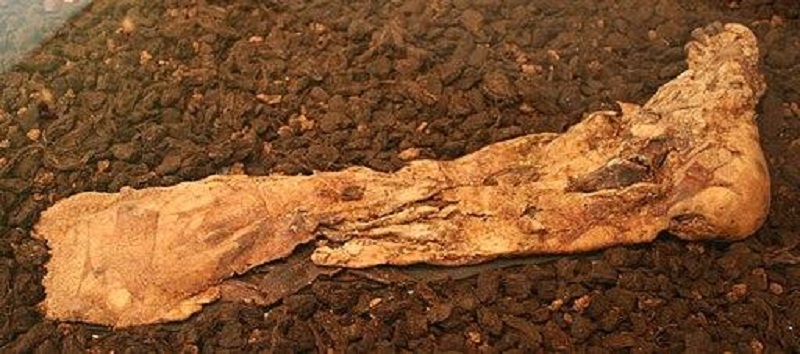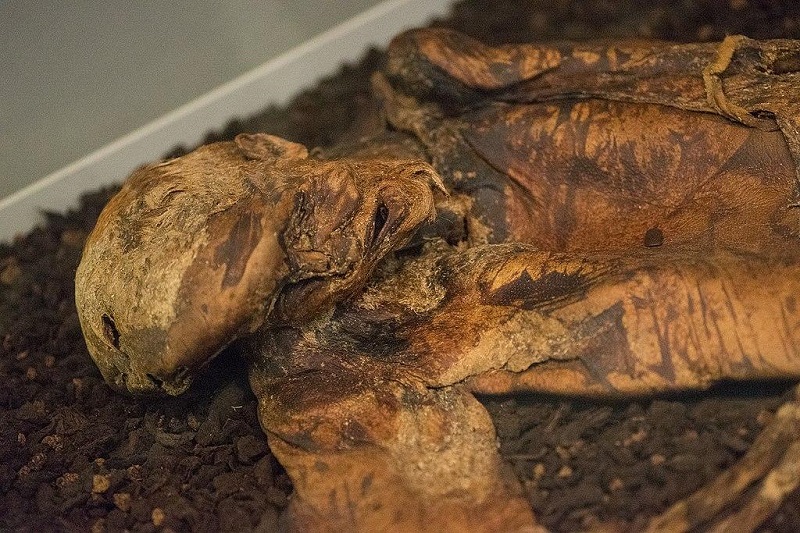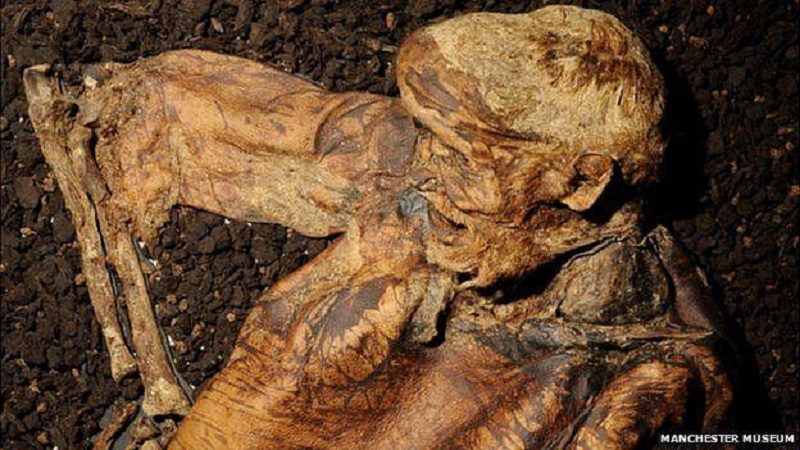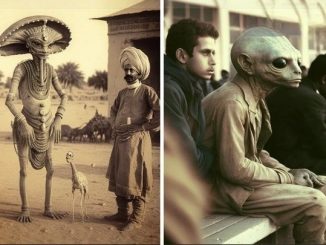“Unveiling Lindow Man: Insights into Britain’s First Bog Body and the Phenomenon of Bog Bodies”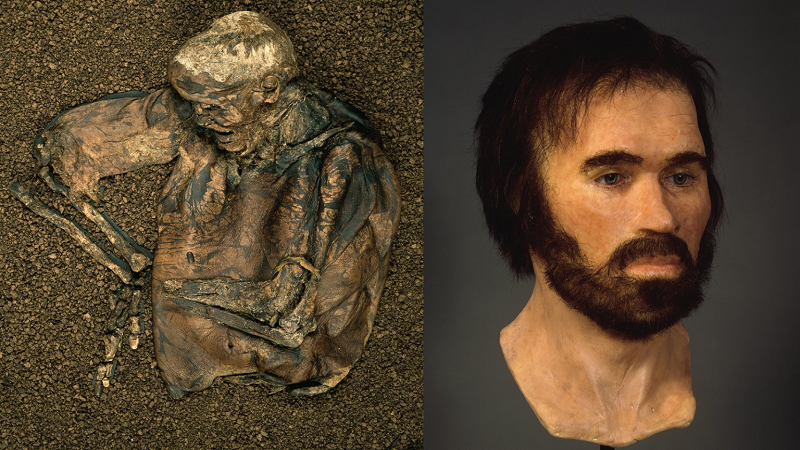
Lindow Man is the preserved body of a man thought to be from between 2 BC and 119 AD, from either the Iron Age or Romano-British period. Lindow Man marked the first discovery in Britain of a well-preserved bog body. The body retains a trimmed beard, mustache, and sideburns of brown hair, as well as healthy teeth with no visible cavities, and manicured fingernails, indicating he did little heavy work. In life, Lindow Man would have been about 5’8″ (1.73 m) tall and weighed about 132 pounds (60 kg). His age at death was around the mid-20s.
As a result of the decalcification of his bones and pressure from the peat, his skull was discovered distorted. Apart from a fox-fur armband, Lindow Man was found entirely naked. At the time of death, Lindow Man was a healthy male in his mid-20s, and he may have been someone of high status, as his body shows little evidence of rough work. There has been debate over the reason for Lindow Man’s death because the nature of his demise was violent and ritualistic. After the last meal of charred bread, Lindow Man was strangled, hit on the head, and his throat was cut. His recovered body has been preserved by freeze-drying and is on permanent display at the British Museum.
Lindow ManBog Body A bog body is a human cadaver that has been naturally mummified in a peat bog. Such bodies, sometimes known as bog people, are both geographically and chronologically widespread. Bog Bodies have been dated as far back as 8000 BCE. Bog bodies are found in peat and are partially preserved, with the levels of preservation varying widely from perfectly preserved to mere skeletons.
Unlike most ancient human remains, bog bodies often retain their skin and internal organs due to the unusual conditions of the surrounding area. The combination of highly acidic water, low temperature, and a lack of oxygen preserves but severely tans their skin. While the skin is well-preserved, the bones are generally not due to the dissolution of the calcium phosphate of bone by the peat’s acidity. The oldest known bog body is the skeleton of Koelbjerg Man from Denmark, who has been dated to 8000 BCE, during the Mesolithic period.
Lindow Man. The oldest fleshed bog body is that of Cashel Man, who dates to 2000 BCE during the Bronze Age. The overwhelming majority of bog bodies date to the Iron Age and have been found in northwest European lands, particularly Denmark, Germany, the Netherlands, the UK, and Ireland. Such Iron Age bog bodies typically have several similarities, such as violent deaths and a lack of clothing. Archaeologists believe that they were killed and deposited in the bogs as a part of a widespread cultural tradition of human sacrifice or the execution of criminals.
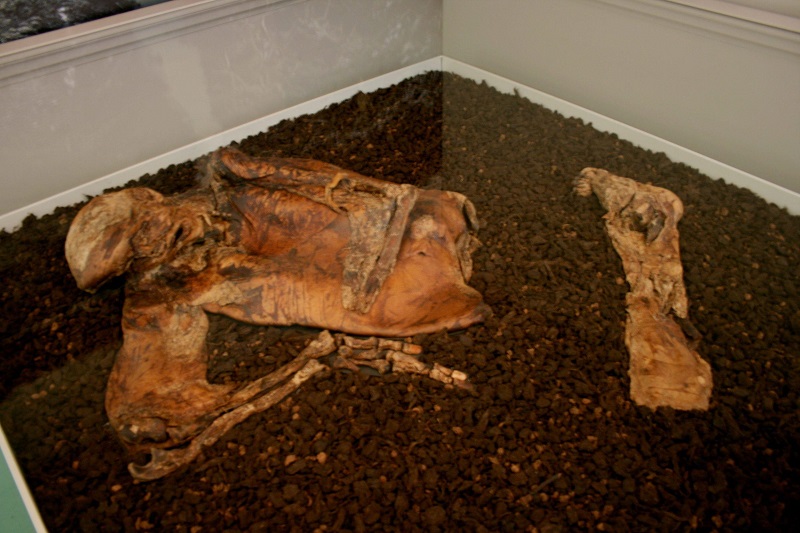
A catalog has been created of over 1,800 bog bodies that he had counted starting from 1939. The most recent bog bodies are those of soldiers killed in the Russian wetlands during World War II.
